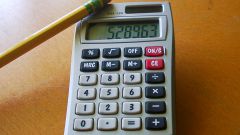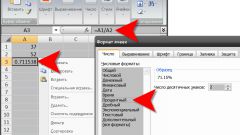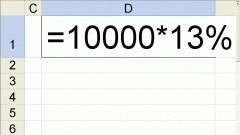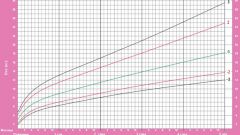Instruction
1
Before proceeding to calculations, determine which of the numbers should be taken as 100%, i.e., determine the "baseline". For example, in terms of the weight characteristics of the component parts of rocket fuel: 6 tons of kerosene and 4 tons of oxidizer. Then for 100% you can take the total weight (10 tons), it is possible to compare the amount of oxidizing agent relative to kerosene (100% = 6 tons), and it is possible for the baseline to take the weight of the oxidizer (100% = 4 tons). In each case, a percentage difference between the original values in relative units will give different values.
2
Use the baseline defined in the first step to find out how much percent per absolute unit. For example, if in the example above, 100% were accepted total weight (6+4=10), each absolute measurement unit (ton) would have 100/10=10 relative units (percent). If the baseline is adopted, the weight of the oxidizer, each ton will correspond to 100/4=25%, but if kerosene is 100/6≈16,67%.
3
Find the difference between the compared quantities in absolute units. This value does not depend on the baseline and is determined by the usual operation of subtraction. For the above example, whatever you took for one hundred percent, the difference will be equal to two tons, but when compared relative to kerosene this value will be negative: 4-6=-2.
4
Put the difference of the absolute values (tonnes) relative units (percentages). Obtained in the previous step, the number and multiply by the value obtained in the second step. In our example, this means that the difference of weight of components in tonnes (2) should be multiplied by the amount of interest attributable to each ton. If the base figure were accepted the total weight of the fuel, multiply, should 10%: 2*10%=20%. If the comparison is relative to the weight of the oxidizer, then the multiplier must be equal to 25% (2*25=50%), but if the base rate - a weight of kerosene, 16,67% (-2*16,67=-33,34%).
5
If you need to submit a formula calculation in a General way indicate the initial value, for example, the letters X and Y, and the interest difference - by the letter p. Then the calculation formula of the amount of the original values would be: p=|X-Y|*100/(X+Y). For calculations on a variable, X in this formula, it is necessary to change so: p=(Y-X)*100/X, and with respect to the variable Y the formula is: p=(X-Y)*100/Y.















